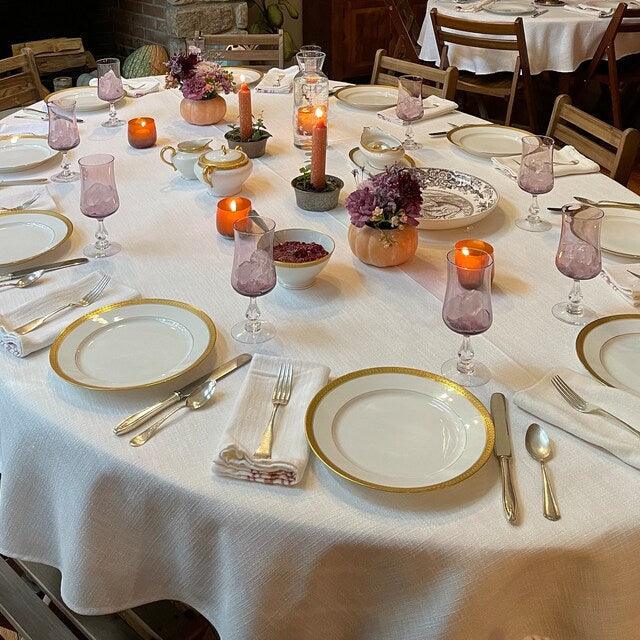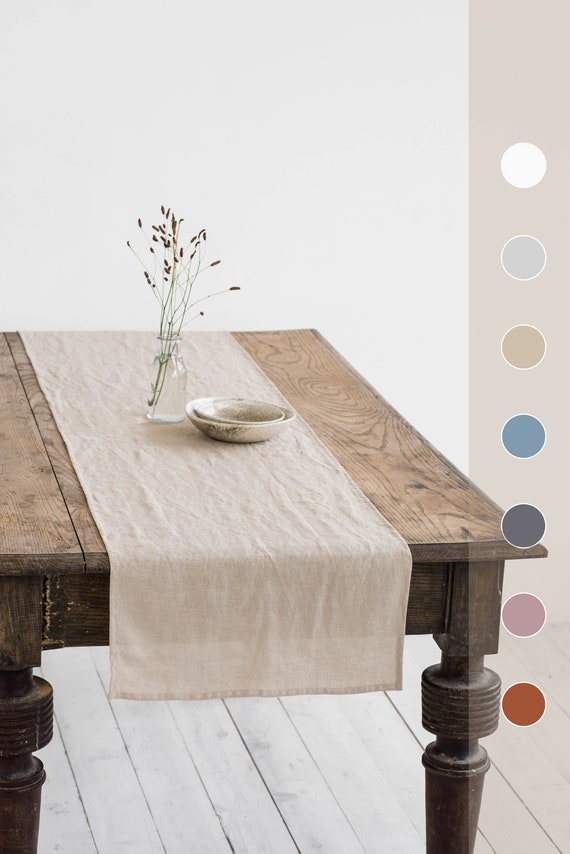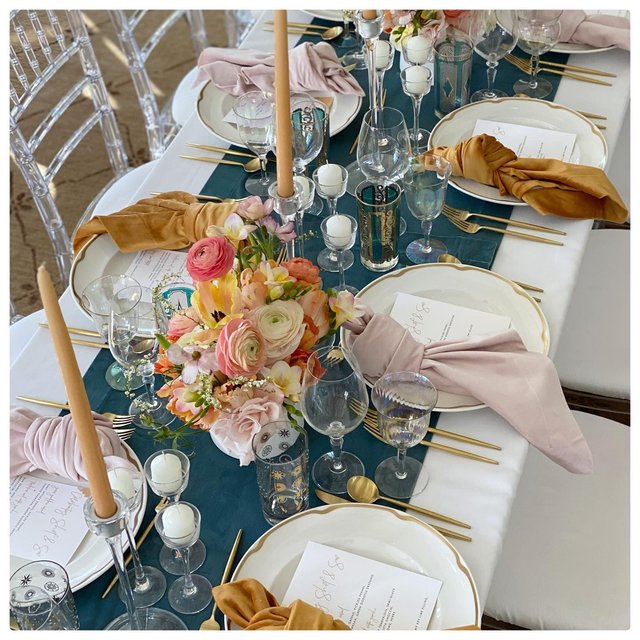Linen Textile Innovations: Discovering Modern Trends and Creative Applications in Style and Textile Industry
From lasting manufacturing techniques to sophisticated weaving modern technologies, the development of linen is improving the landscape of the textile sector. As we dive right into the realms of imaginative layout applications and the introduction of bed linen blends and hybrid materials, a brand-new chapter unfolds in which bed linen's function in future fabric technologies takes center stage.
Lasting Practices in Linen Manufacturing
Sustainable practices in bed linen manufacturing have become increasingly essential in the textile market's efforts to lessen environmental influence and advertise honest sourcing methods. Bed linen, a natural fiber stemmed from the flax plant, supplies a series of benefits such as biodegradability, toughness, and breathability. However, conventional techniques of bed linen production can entail substantial water intake, chemical use, and energy-intensive processes.
To deal with these challenges, lots of textile manufacturers are taking on sustainable methods throughout the bed linen manufacturing procedure. This includes sourcing flax from organic farms that stay clear of damaging chemicals and chemicals, implementing water-efficient retting techniques to essence fibers from the flax stalks, and using green dyes and coatings. Furthermore, some firms are buying renewable energy sources to power their production centers and reducing waste via recycling and upcycling initiatives.
Technological Developments in Bed Linen Weaving
With the expanding focus on sustainable practices in linen manufacturing, the fabric sector is now experiencing a rise in technological developments particularly focused on changing the art of linen weaving. These developments are reshaping the method linen fabrics are produced, supplying increased efficiency, high quality, and creative thinking in weaving methods.
Among the vital technological developments in linen weaving is the assimilation of electronic looms. These sophisticated looms are outfitted with software program that enables intricate and intricate styles to be woven with accuracy. By digitizing the weaving procedure, suppliers can accomplish better uniformity and accuracy in their linen materials.
Furthermore, improvements in yarn spinning modern technology have actually allowed the manufacturing of finer and even more long lasting linen yarns - table cloths. This causes softer and smoother bed linen materials that retain their quality even after multiple uses and cleans
Additionally, the advancement of eco-friendly dyeing processes and coatings for bed linen textiles is gaining traction. These lasting techniques not just reduce the environmental effect yet likewise satisfy the raising customer demand for ethically produced fabrics.
Creative Style Applications for Linen
Innovative imaginative approaches are significantly shaping the innovative style applications for linen in the textile sector. Linen's natural visual allure and ability to mix with various other materials make it a favorite option for creating one-of-a-kind garments and accessories that provide to the eco mindful customer.
Additionally, developers are trying out linen in home decor, using its breathable and resilient nature to craft elegant home furnishings such as curtains, bed linens, and furniture. The appearance and drape of bed linen bring a feeling of refinement and convenience to indoor rooms, adding a touch of sophistication to modern-day homes.

Bed Linen Blends and Crossbreed Fabrics

Crossbreed materials, on the other hand, take the concept of mixing an action further by including additional elements such as metal strings, recycled products, or conductive fibers. These cutting-edge textiles not just increase the design opportunities but additionally present practical facets like conductivity, antimicrobial buildings, or boosted toughness. Crossbreed fabrics are significantly being made use of in different markets, including style, interior decoration, and technical fabrics, where the demand for multifunctional materials is on the surge.
Linen's Function in Future Textile Innovations

In the realm of future fabric innovations, linen is anticipated to be a vital player in the development of innovative functional fabrics. Developers and scientists are exploring methods to enhance bed linen's inherent high qualities through technical innovations, such as including smart textiles, nanotechnology, and efficiency surfaces. These technologies intend to raise linen's efficiency features, making her latest blog it suitable for a broader series of applications, from activewear to protective clothes.
In addition, the mix of bed linen with various other natural or artificial fibers opens unlimited possibilities for developing novel textiles with one-of-a-kind properties and performances. By leveraging bed linen's qualities and exploring ingenious blends, the fabric industry is positioned to present exciting growths that cater to progressing consumer requirements and sustainability demands.
Verdict
In final thought, the exploration of sustainable techniques, technical improvements, innovative style applications, linen blends, and its duty in future fabric advancements highlight the continuous evolution of bed linen textile in the contemporary design and textile sector. With a focus on development and creative thinking, the versatility and eco-friendly nature of bed linen make it a beneficial product for designers and manufacturers alike, leading the way for further growths and advancements in the area of textiles.
As we delve into the realms of creative design applications and the development of bed linen blends and crossbreed fabrics, a new chapter unravels in which directory bed linen's duty in future fabric advancements takes center phase.
Exploring the combination of linen with other textiles has led to the appearance of ingenious blends and hybrid fabrics in the contemporary textile market. Linen blends offer a special combination of the attributes of bed linen with those of various other fibers, resulting in textiles that have enhanced homes such as raised durability, enhanced draping, and decreased wrinkling.The advancement of linen blends and crossbreed fabrics has set the stage for Linen to play a critical function in driving future fabric developments.In the world of future fabric technologies, linen is anticipated to be a crucial gamer in the advancement of sophisticated practical fabrics.
Comments on “Stunning Table Cloths: Enhance Your Dining-room Design”